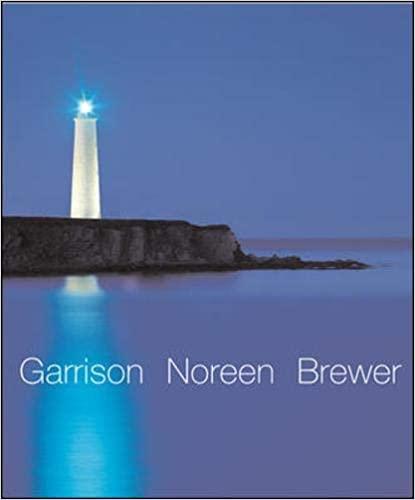Answered step by step
Verified Expert Solution
Question
1 Approved Answer
HydroHappy management wants to examine the company's largest non-value- added cost, selling expenses, to see if it can identify a better cost driver, and subsequently


Step by Step Solution
There are 3 Steps involved in it
Step: 1

Get Instant Access to Expert-Tailored Solutions
See step-by-step solutions with expert insights and AI powered tools for academic success
Step: 2

Step: 3

Ace Your Homework with AI
Get the answers you need in no time with our AI-driven, step-by-step assistance
Get Started


